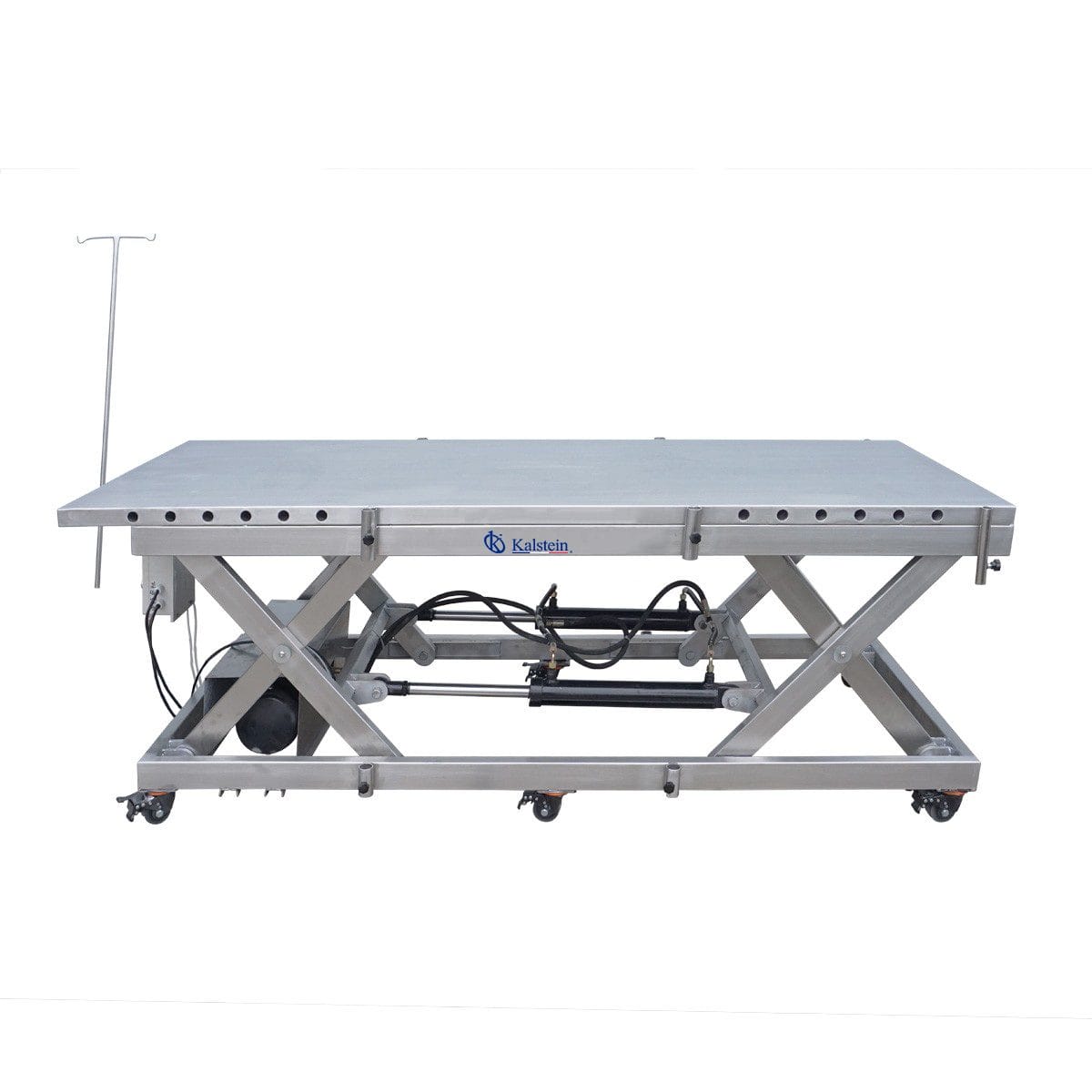The veterinary operating table goes beyond the simple definition of being a ‘furniture’. It is the epicenter of the operating room, where veterinarians exercise their healing art to give pets a second chance at life. These are tables that, equipped with advanced technology and a unique design for each purpose, assist in the safe and precise execution of a wide variety of surgical procedures.
https://www.kalstein.ee/category-product/veterinary-sector/veterinary-operating-tables/
Components of a Veterinary Operating Table
- Work Surface: Made of stainless steel, it withstands intensive use and facilitates its cleaning and disinfection.
- Height Adjustment: The lifting mechanisms, which can be hydraulic or electric, allow the table height to be adjusted to provide maximum comfort for the surgeon.
- Control Panels: They contain the table adjustment options, light control, and even monitors for viewing medical images during surgery.
- Holders: They are used to hold the animal in the required position and can vary in number and location depending on the model.
- Wheels and Brakes: Mobile operating tables incorporate wheels with a brake system for easy transportation and stabilization.
Types of Veterinary Operating Tables
There are several types of veterinary operating tables that adjust to the needs of each intervention.
- General Veterinary Surgery Tables: These are the most common and are used for a wide range of surgical procedures.
- Orthopedic Surgery Tables: Specifically designed to perform procedures on bones and joints.
- Veterinary Dentistry Tables: They are used for dental procedures in animals and often come with a built-in exam light.
- Preparation Tables: They are ideal for performing non-surgical procedures such as physical exams, pre-surgical preparation, among others.
Technological Innovations in Operating Tables
Technological evolution has led veterinary operating tables to become increasingly intelligent systems. There are now functions that allow their position to be controlled via a remote control or a smartphone, they incorporate LED lights for better lighting or heating systems to keep the animal’s body temperature stable during surgery.
In conclusion, the veterinary operating table is much more than a workbench. It is a complex system, carefully designed to ensure the welfare of the animal, it provides great assistance to medical professionals and facilitates success in surgical interventions. Researching and acquiring the right table for your veterinary practice is an investment that rewards in the quality and efficiency of the services provided.

